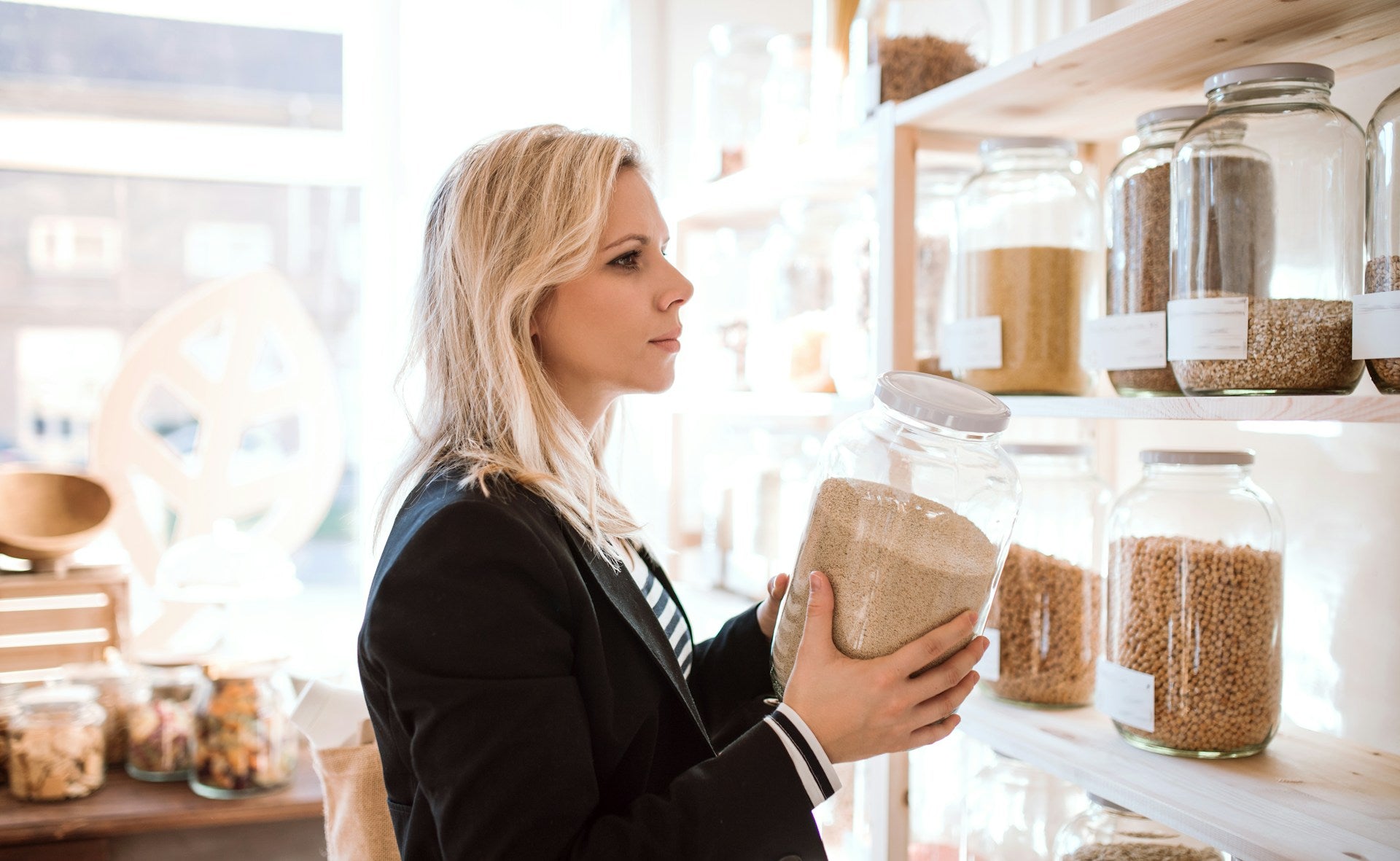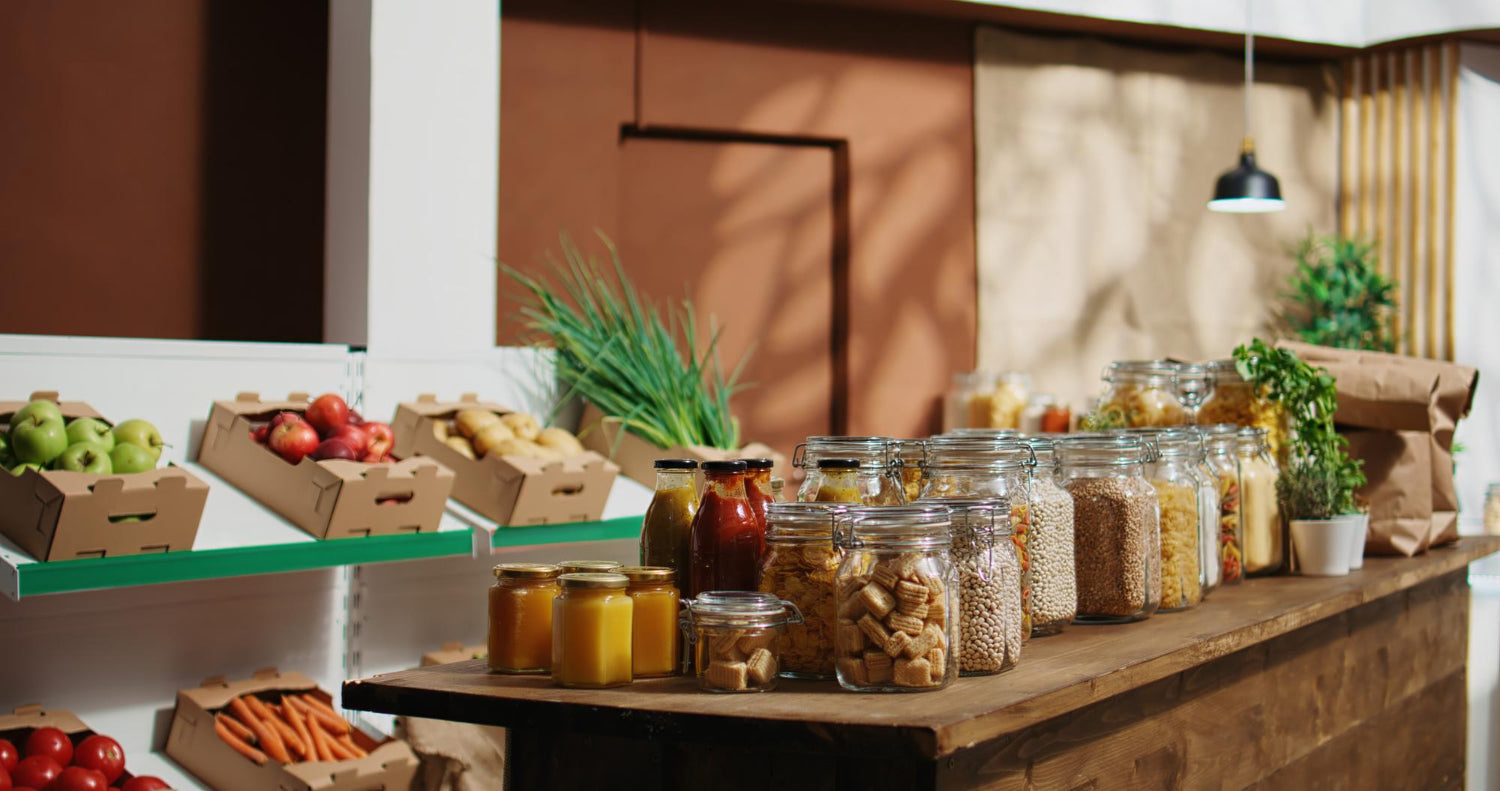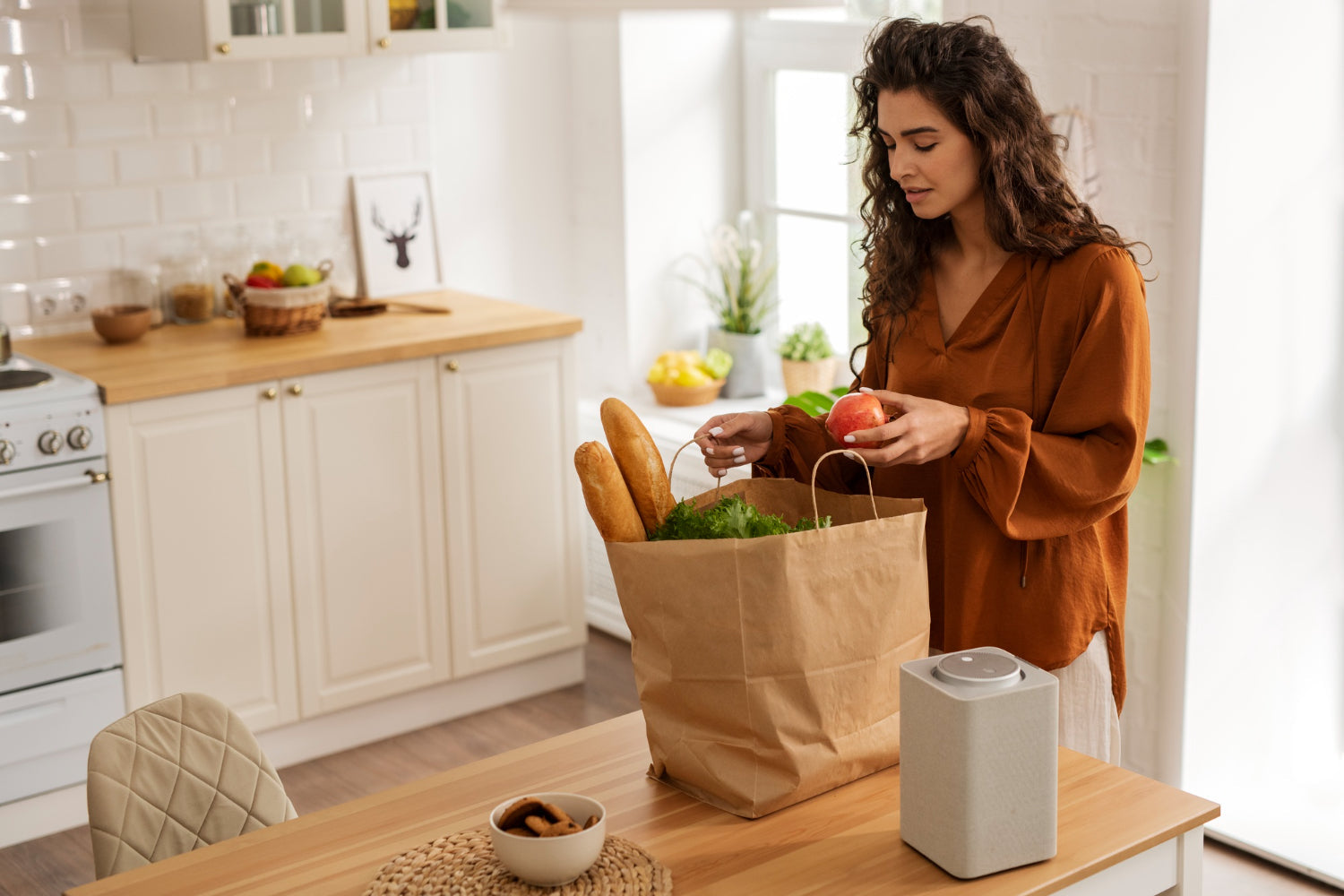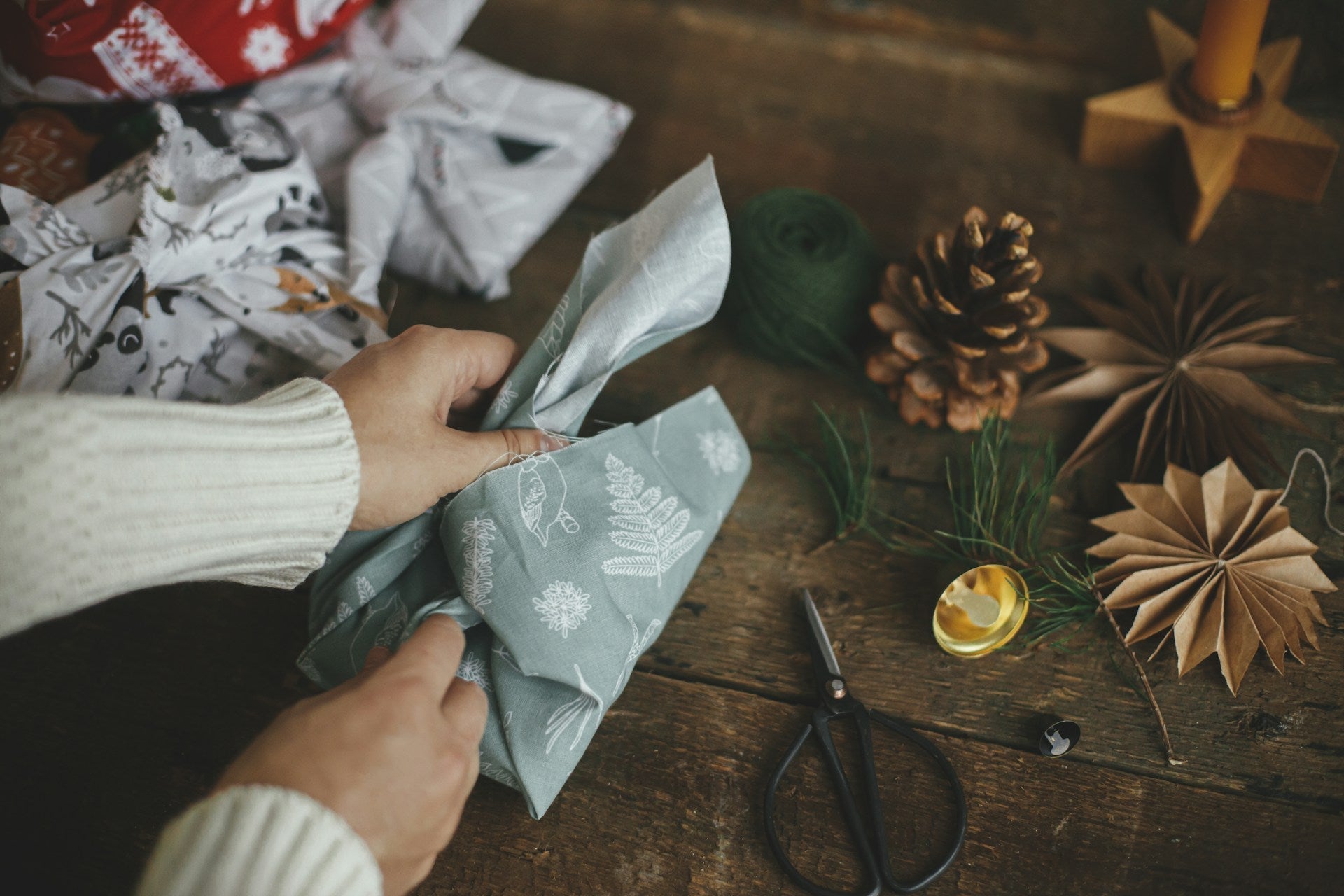If your home feels more cluttered than calm, it might be time to rethink how and where you store things. Storage doesn't have to be complicated or filled with plastic containers that crack over time. With a little planning and some thoughtful choices, you can create better organization while also cutting back on waste. Eco-friendly storage solutions are becoming a popular option for those who want to bring more order and less plastic into their homes.
Making smarter decisions about how things are stored supports both a cleaner household and a healthier planet. It's not about buying a bunch of new stuff. It's about thinking through the space you already have, choosing longer-lasting materials, and paying attention to what actually matters. Whether you live in a studio apartment or a spacious house, small updates can go a long way in simplifying household organization for eco-conscious homes.
Assess Your Current Storage Needs
Before picking up new baskets or bins, it's worth spending a little time figuring out what's already working and what's not. Every home has unique routines, and sometimes clutter builds up simply because the things we use every day have no set place to go. That's when stuff piles up, drawers get jammed, and surfaces start disappearing under stacks.
Start with the areas where clutter shows up the most. Think kitchen counters, bathroom shelves, your bedroom floor, or that hallway table that turns into a drop zone. Don't overlook cabinets or storage under sinks where things often get shoved and forgotten.
Ask yourself a few honest questions:
1. Are things easy to find when you need them?
2. Do you end up buying duplicates because you lost track of what you have?
3. Are you holding onto items you haven't used in ages?
4. Are your containers the right size for what they're storing?
For example, if your nightstand drawer is full of tangled cords or chargers, that's a sign there's no real system in place. A few small wooden dividers or a fabric pouch might solve the problem without needing a full overhaul.
Understanding where your current setup falls short puts you in a better position to make adjustments that actually help. It's not about creating a picture-perfect space. It's about building storage that supports your daily life and makes it easier to stay organized.
Choose Sustainable Storage Materials
Once you know what you truly need to store and what's just taking up space, it's time to pay attention to the materials you'll use for your new system. Many mainstream storage items are made with cheap plastic that breaks easily and heads straight to the landfill. Swapping those for more thoughtful alternatives is better for both your home and the environment.
Look at storage made with the following materials:
- Bamboo: Lightweight and durable, great for shelving, drawer dividers, or open baskets.
- Recycled plastic: Gives existing materials new life and works well in laundry areas or garages.
- Natural fibers like jute, seagrass, or unbleached cotton: Soft-sided and breathable, perfect for bedrooms and living spaces.
- Wood: Strong and classic, good for crates, boxes, and fixed storage.
These materials don't crack or warp as quickly, especially with some care. Aim to choose the right size and purpose for each container. Oversized bins may look pretty but are harder to move when full and are often underused.
You don't need to toss everything and start from scratch. Swap out old plastic bins one by one as they wear out. You might already have items you can reuse, like wooden boxes, extra trays, or even a nice-looking shoebox. Layer different styles of storage: open baskets for grab-and-go items, durable boxes for less-frequent goods, and small jars or tins for loose things like batteries or clips.
Implement Practical and Stylish Storage Solutions
Once you know what kind of storage you need and you've picked out sustainable materials, the next step is setting them up to look good and work well. A well-organized space doesn't mean rows of sterile bins. You want your setup to make the room feel more relaxed and usable, not crowded or overdone.
Try these ideas:
- Use open baskets near the entryway to collect shoes, bags, or umbrellas.
- Store pantry staples in glass jars or metal tins instead of bulky packaging.
- Hang cloth organizers inside closet doors for accessories like scarves or socks.
- Stack wooden crates or recycled bins for garage tools, laundry supplies, or paper goods.
- Slide flat boxes under beds to store out-of-season clothes or linens.
Think about the purpose of each room. In the kitchen, use breathable baskets for things like onions or garlic. In the bathroom, display rolled towels in repurposed wooden crates and gather skincare products in a cotton-lined tray. In the bedroom, stash remotes or books in soft bins that match your decor.
Look out for double-duty pieces. A bench in the mudroom that hides gloves and hats, or a seagrass hamper that blends right into your living room while hiding toys or blankets, can make a big difference. If floor space is limited, wall hooks, door racks, or stacked shelving keep things in reach without causing clutter.
Maintain and Optimize Your Storage
Once your storage system is in place, the goal is to keep it working—not to let it fall apart in six weeks. Keeping things tidy doesn't have to mean tidying every day. A few smart habits earlier on make cleanups quicker and stress levels lower.
Set regular times throughout the year to check drawers and bins. You don't need to wait for a new season or a big event. Every few months, walk through each room and check:
- What's out of place
- What's no longer useful
- What needs cleaning
- What doesn't get used anymore
This helps you catch clutter early before it grows. Set rules that work for your household. Maybe you let go of anything unused for six months, or make it a point to keep only a few of the same type of item. If your tote bag stash is starting to overflow, save a few and donate the rest.
Labeling can really help keep storage systems on track. Whether it's a chalkboard tag, a strip of painter's tape, or a small card, labels mean everyone knows what goes where. That saves time and keeps things where they belong.
No setup is perfect. Life changes, hobbies rotate, and things come and go. The goal is to create a base that adjusts when you need it to. Regular check-ins make it easier to tweak without having to reinvent your whole storage plan.
Your Home Can Be Organized and Eco-Friendly
Making the switch to more thoughtful storage setups does more than just clear the mess off your counters and floors. It also means choosing materials that won't harm the environment later. When storage solutions work for your lifestyle and values, organizing feels less like a chore and more like a natural part of how your household runs.
Walking into an organized space can make day-to-day tasks simpler. From figuring out where the scissors are to cleaning up a spill fast, good storage keeps small stresses from turning into big ones. And when the buckets, bins, or baskets are made from recycled or long-lasting materials, you're reducing waste without sacrificing structure.
Room by room, these small upgrades add up. Over time, you shape a home that reflects the habits and decisions you care about. Neat drawers, labeled bins, and clear counters don't need to come at the cost of the planet. With a little planning and a few regular check-ins, you can build a setup that works hard for you, feels like home, and supports your eco-conscious goals.
Ready to transform your home into an organized and eco-friendly haven? Embrace the change with biodegradable sponges that align with your sustainable lifestyle choices. Plastno's range of eco-conscious products will help you maintain a tidy space while being kind to the environment. Start making a positive impact today with the right tools and materials for a cleaner, greener home.






Share:
How to Make a Cleaning Schedule
Child-Safe Green Cleaning Products That Actually Work